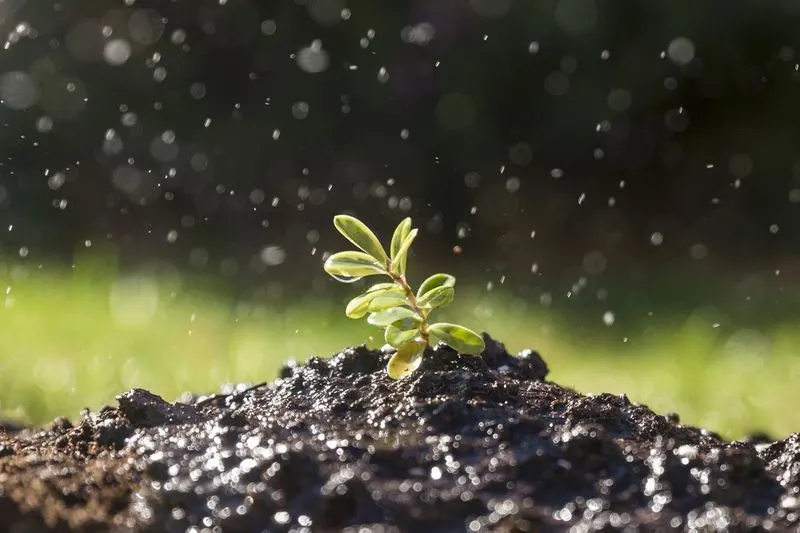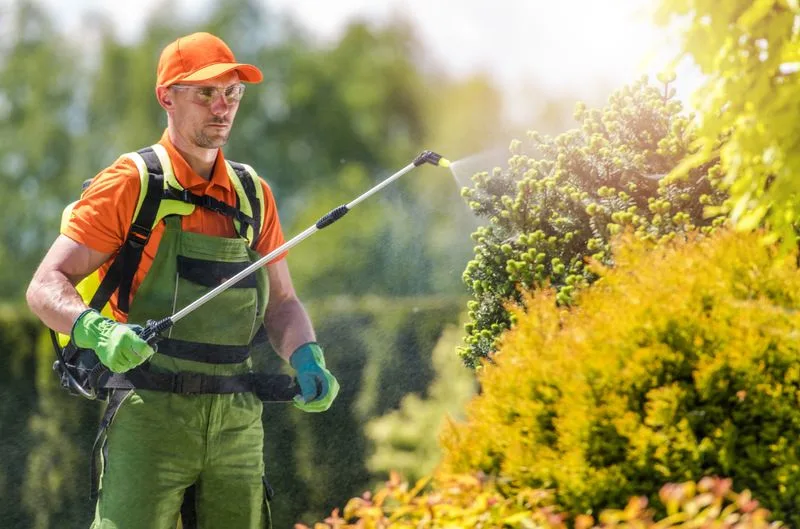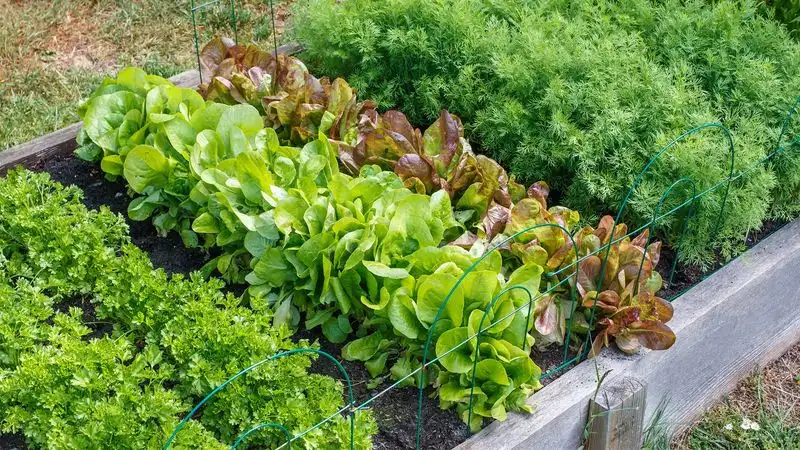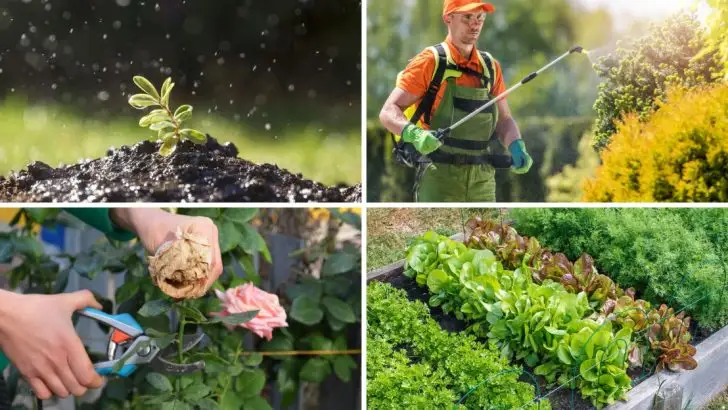A lot can go sideways in a garden if you let things slide for too long—but staying on top of it doesn’t have to eat up your day. A quick 15 minutes each morning can catch issues early, keep plants healthier, and actually save you hours of troubleshooting later. It’s not about doing everything—it’s about doing the right things at the right time.
This kind of routine doesn’t require fancy tools or a master plan. It’s more about getting into the habit of checking in: noticing what’s changed, spotting pests before they spread, and giving your plants a little attention when it counts the most. Think of it as a daily reset that keeps your garden one step ahead.
Check Soil Moisture Levels

Early morning is the ideal time to check your garden’s soil moisture. This simple step can prevent overwatering, which is a common issue for many gardeners. Use a moisture meter or simply stick your finger into the soil to gauge its dampness.
If the soil feels dry to the touch, it’s time to water. However, if it’s still moist, hold off and check again the next day. Regularly monitoring soil moisture helps develop healthier plants with stronger root systems.
Remember, different plants have varying water needs, so tailor your approach accordingly.
Inspect for Pests

Spotting pests early can save your plants from damage. Spend a few minutes each morning inspecting your plants, especially the undersides of leaves where pests often hide.
Look for signs like holes in leaves or discolored spots, which could indicate pest presence. Catching these pests early allows for more natural and targeted control methods, reducing the need for chemicals.
Different pests target different plants, so familiarize yourself with what to look out for in your garden. This habit helps maintain a healthy balance in your garden ecosystem.
Prune and Deadhead

Pruning is vital for promoting healthy growth and preventing disease spread. Each morning, take a moment to prune dead or overgrown branches and deadhead spent flowers.
This not only encourages new blooms but also improves air circulation among plants, reducing the risk of fungal infections. Regular pruning can lead to a more vibrant garden, with plants that are more resilient to adverse conditions.
Handling plants in the morning dew can be refreshing and sets a peaceful tone for your day. It’s a small act with big rewards for your garden’s health.
Observe Plant Growth

Monitoring plant growth is like keeping a diary of your garden. Spend a few minutes each morning observing your plants and noting any changes.
This practice helps you understand your garden’s development and spot potential issues before they become serious problems.
Noticing how certain plants respond to weather changes can guide your gardening decisions, such as adjusting watering or providing shade. It’s a meditative start to the day, allowing you to connect deeply with nature and appreciate the growth around you.
Weeding

Weeds can quickly take over if not managed regularly. Each morning, dedicate a few minutes to pulling out weeds before they flower and spread.
Early weeding keeps your garden tidy and reduces competition for nutrients, ensuring your plants have the best chance to thrive.
Using hand tools or simply your hands, tackle these intruders while the soil is still moist and roots are easier to extract. Morning weeding is not only effective but also allows you to enjoy the fresh air and tranquility of a peaceful garden.

